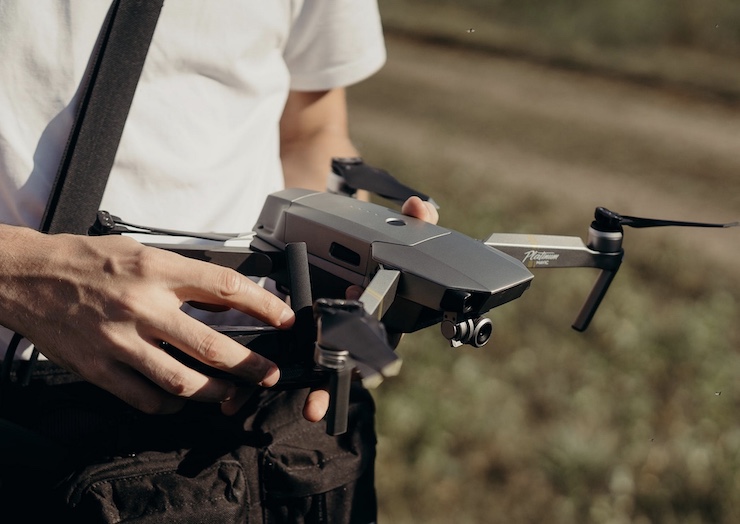
There is much we still have to learn about our ever changing planet, particularly the water and ice bodies that support life on Earth. Collaborating with NASA’s Earth studies is the Alaska Satellite Facility (ASF) at the University of Alaska Fairbanks Geophysical Institute. The ASF has been tasked with making remote sensing data collected on geophysical conditions available to NASA and scientists around the world.
With access to the data, global scientists can work together to understand how the world is changing. As global warming has become of greater concern, having continuously updated and available data is critical. Located in a more habitable polar region, the ASF is perfectly situated to provide remote data on ice sheets, rivers, lakes, and glaciers. ASF has been awarded grants from NASA to continue collecting such data and to involve one of the most valuable assets to science available, Citizen Scientists.
Citizen Scientists are local groups and individuals that help professional scientists around the world collect the massive amounts of data needed. Helena Buurman of the ASF recently had an idea to better use the NASA grant. In the past, the grant was used to bring interested Citizen Scientists to the university facilities for an Alaska Summer Research Academy program. With Helena’s planning, the ASF Citizen Scientist mission now falls under the Fresh Eyes on Ice program that engages small Alaskan communities to study the freezing bodies of water in their backyards.
In the fall of 2021, Helena and some of her colleagues at ASF packed up a case of small ready to assemble drone kits to bring to John Fredson School in Venetie, about 150 miles north of Fairbanks on the Teedriinjik River. Like many small Alaskan communities, Venetie is an isolated, self reliant, underrepresented community. As Helena explained, NASA is keenly motivated to support such underrepresented communities and encourage future scientists with emerging STEM (Science Technology Engineering Mathematics) education. And, as Helena is well aware, some of the best STEM programs put drones in children’s hands.
With the Fresh Eyes on Ice program, students at John Fredson School had the opportunity to learn how to build and program drones, the many ways in which drones can be used, and the rules and regulations for safe drone use. Next, the team from ASF taught the kids how to fly the drones and use them to collect data from Venetie Lake, or Big Lake as the locals call it. “At Big Lake, each pilot takes the drone to different heights and distances, takes pictures in all four directions, then lands on the landing pad,” said John Fredson School Principal and teacher Terri Mynatt. “We also take notes of the temperature and time of day. Each student has a flight log, and every student in the flight crew does the role of pilot and observer.”
All the data is uploaded to ASF’s database where it is available to researchers from NASA and the global scientific community. The students participating are learning a multitude of lessons that will prepare them for a future, whether they choose to remain in their small community or venture out into the world. As Principal Mynatt said, “This experience has taken our students to a new level of self-confidence and academic success and given them a deeper understanding of scientific research.”
|